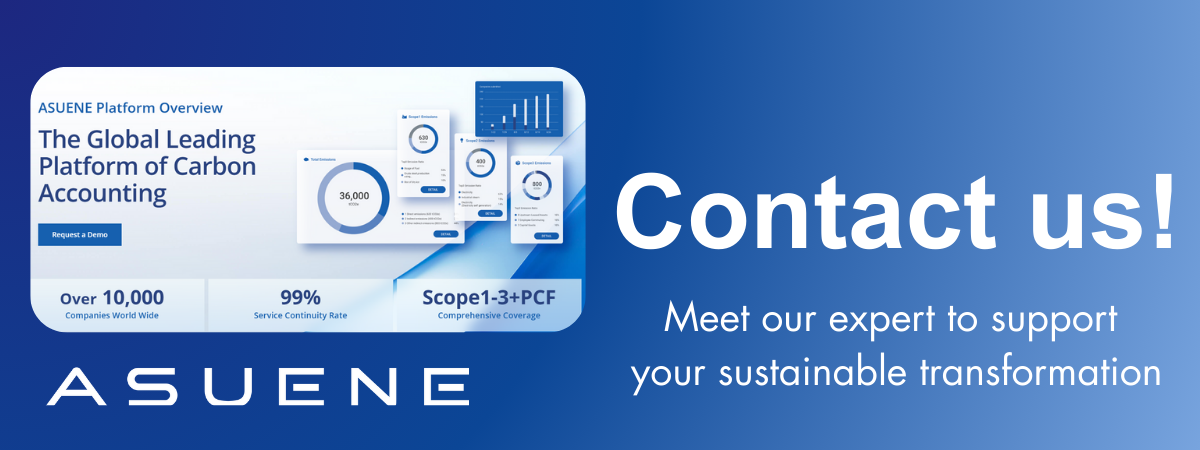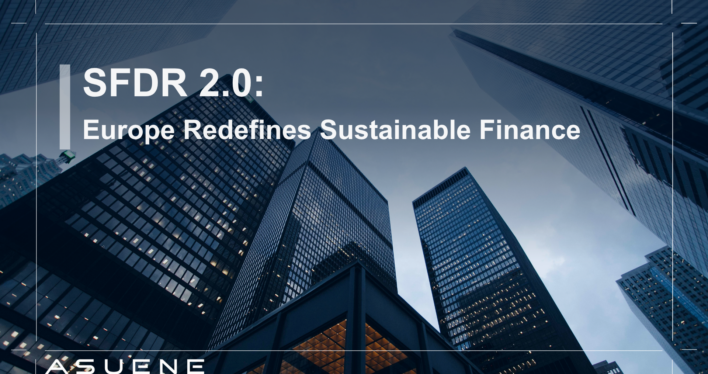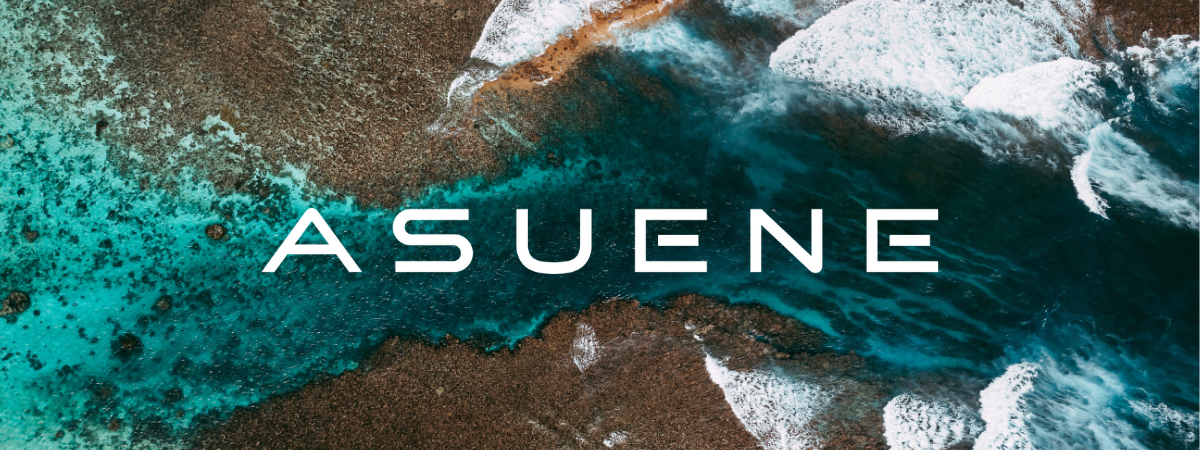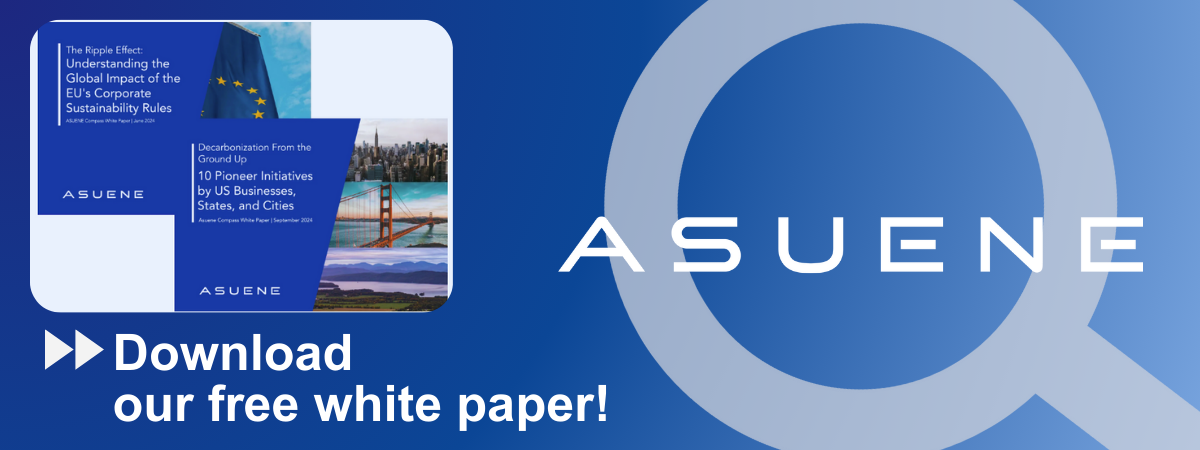- Article Summary
-
The Leak That Signals a Turning Point
A leaked draft of the European Commission’s upcoming Sustainable Finance Disclosure Regulation (SFDR) revision has revealed that the current Article 6, 8, and 9 framework will be replaced by a new structure known informally as SFDR 2.0. The goal is to simplify fund classifications while improving the credibility and comparability of sustainability claims. This change marks a decisive shift away from the flexible, disclosure-heavy model toward a standardized system based on defined thresholds and exclusions. The proposal is expected to be discussed by the College of Commissioners on 19 November, marking the next major milestone in Europe’s sustainable finance policy. If adopted, the new regulation would not take effect until late 2027 at the earliest.
To investors and asset managers, SFDR 2.0 represents more than administrative adjustment. It reflects a deeper political commitment to make sustainable finance both transparent and verifiable, aiming to restore market confidence after years of inconsistent ESG classification.
From Articles 6–8–9 to 7–8–9: A New Product Classification System
Under SFDR 2.0, the European Commission proposes three revised fund categories designed to clarify how sustainability objectives are integrated into investment products:
- Article 7 (Transition): Funds with at least 70% of assets linked to transition objectives.
- Article 8 (Integration): Investments that outperform on sustainability or have a proven track record of ESG integration.
- Article 9 (Sustainability Objective): At least 70% of assets allocated to sustainable economic activities such as those aligned with the EU Taxonomy, excluding companies engaged in fossil fuel expansion.
Funds failing to meet these standards would be categorized as Article 6. The changes aim to reduce the ambiguity that allowed for greenwashing within the current system. In practice, this will require many asset managers to reassess portfolio composition and data sourcing. For example, Article 8 funds must now demonstrate that at least 70% of their holdings meet sustainability integration standards and exclude sectors such as tobacco, controversial weapons, or companies violating UN Global Compact Principles.
| Framework | Article Numbers | Criteria | Exclusions |
|---|---|---|---|
| Old SFDR | 6, 8, 9 | Broad disclosure of ESG objectives, flexible thresholds | Few defined exclusions, room for interpretation |
| New SFDR 2.0 | 7 (Transition), 8 (Integration), 9 (Sustainability Objective) | Minimum 70% ESG-linked assets, measurable sustainability performance | Excludes fossil fuel expansion, tobacco, controversial weapons, UNGC violators |
Simplified but Stricter: The New PAI Reporting Framework
One of the most discussed elements of the draft is the overhaul of Principal Adverse Impact (PAI) reporting. Under SFDR 2.0, entity-level disclosures would be eliminated, a change expected to save approximately €56 million across the industry. Instead, the focus will shift to product-level disclosures with fewer, more targeted indicators. These indicators will be directly linked to the EU’s Corporate Sustainability Reporting Directive (CSRD) and Taxonomy frameworks, ensuring consistency across corporate and investment disclosures.
This streamlining could help investors interpret sustainability data with greater clarity and comparability while reducing redundant administrative costs. However, it also raises expectations for fund-level accuracy and verification, pushing firms to improve internal ESG data governance.

Winners, Losers, and the Immediate Compliance Challenge
The draft suggests that UCITS ETFs, open-ended funds, and AIFs sold to non-professional investors will have no transitional relief. These products must comply with SFDR 2.0 immediately upon enforcement. Closed-end funds that are no longer distributed to new investors will fall outside the scope, while alternative investment funds marketed exclusively to professional investors will have the option to opt out.
The absence of transitional measures poses a serious operational challenge for asset managers, particularly in the ETF sector where product design and benchmark selection require long lead times. Analysts expect significant reclassification activity ahead of 2027 as managers adjust to the new sustainability thresholds. For many, this may involve refining ESG data sources, redesigning benchmarks, or delisting products that cannot meet the minimum sustainability share.
Toward a Credible, Coherent EU Sustainable Finance Architecture
SFDR 2.0 seeks to align the financial sector with Europe’s broader climate and sustainability strategy. By embedding measurable standards and removing excessive reporting duplication, the regulation intends to strengthen trust in ESG-labelled products and improve cross-border consistency. When combined with the CSRD and EU Taxonomy, it will form the cornerstone of a coherent sustainable finance ecosystem.
Why Work with ASUENE Inc.?
ASUENE is a key player in carbon accounting, offering a comprehensive platform that measures, reduces, and reports emissions. The company serves over 10,000 clients worldwide with an all-in-one solution that integrates GHG accounting, ESG supply chain management, a Carbon Credit exchange platform, and third-party verification.
Through its energy management system NZero, ASUENE provides SMEs with the practical tools to make the most of EU funding for energy efficiency. NZero combines advanced technology, consulting services, and an extensive partner network to help companies achieve their net-zero goals. By choosing ASUENE, SMEs gain not only access to reliable carbon accounting but also a powerful EMS platform designed to unlock energy savings and long-term sustainability success.


